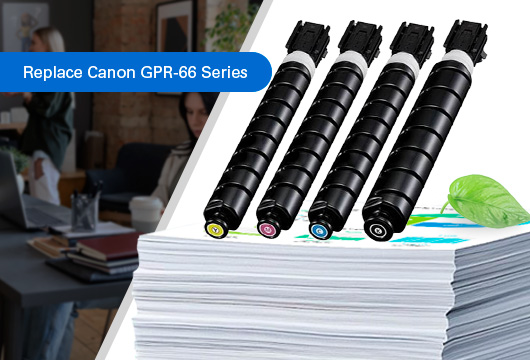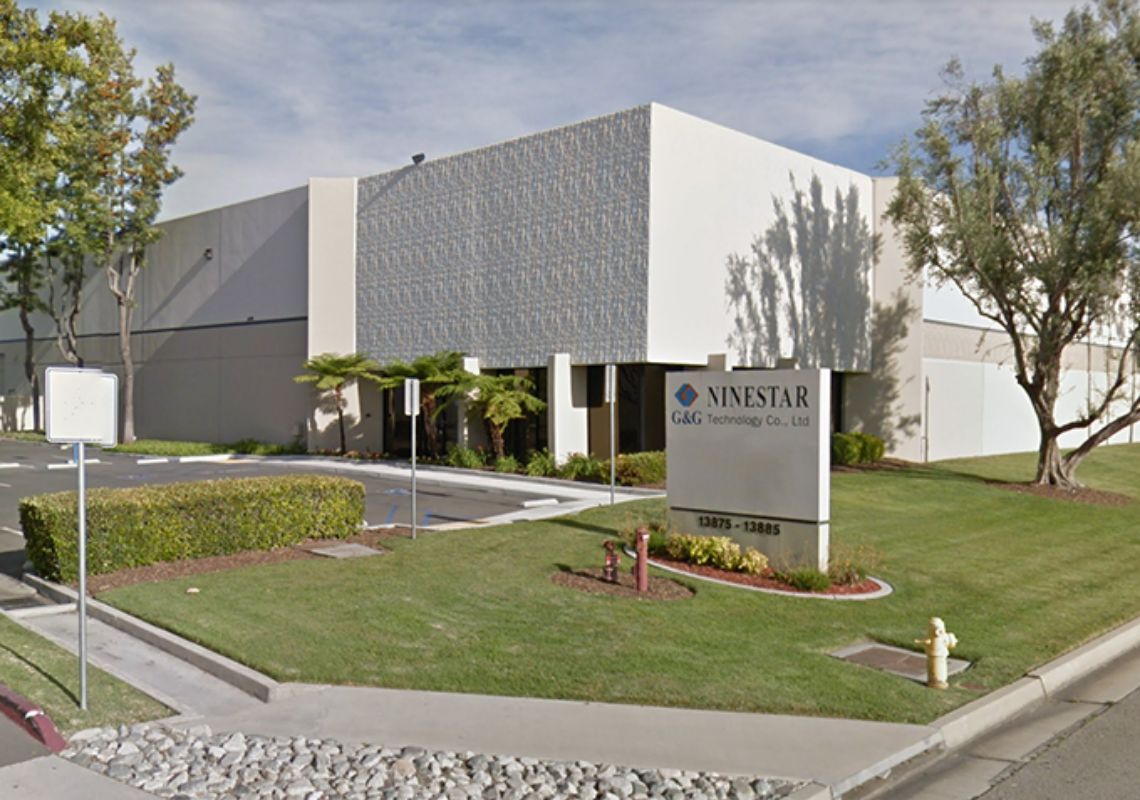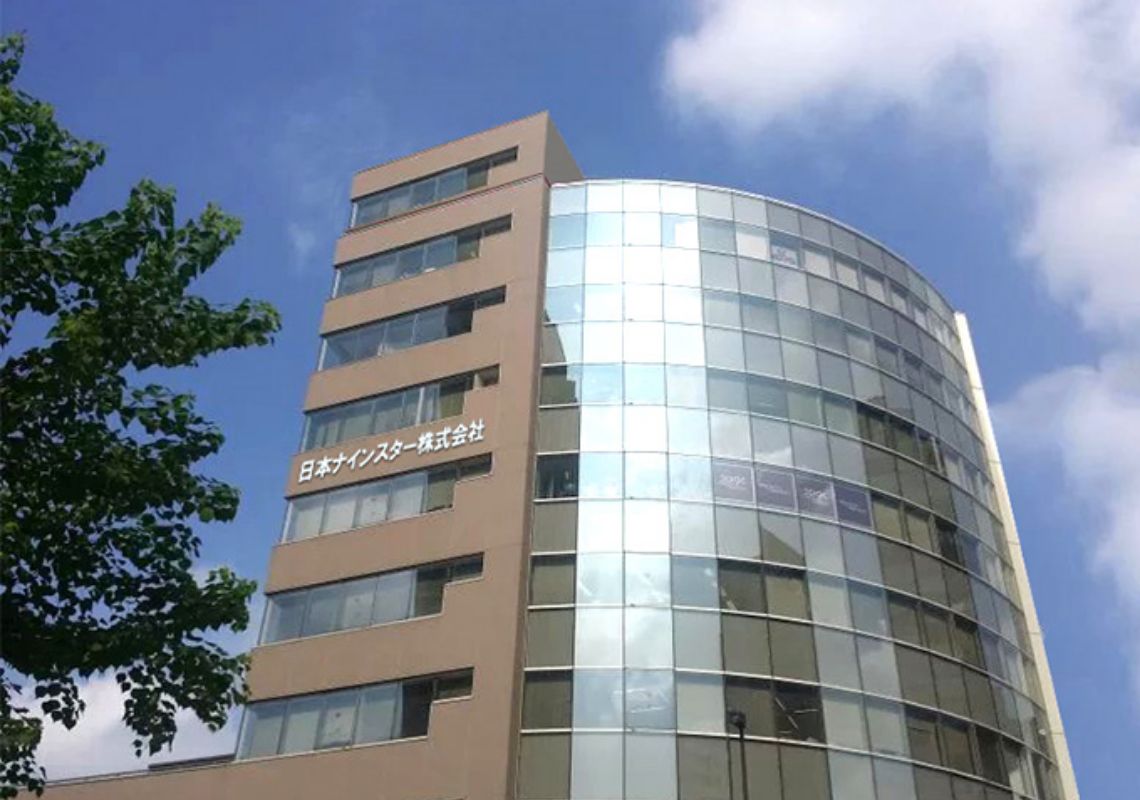-
Consumables
- Printers
- Industries
- Innovation
-
Partners
G&G Partner ProgramCo-Innovating Tomorrow Read More >
- About Us
-
Contact Us
Previously on toner cartridges for used in Brother HL-L2375 series printer
Targeted at SOHO, Brother introduced the HL-L2375 series printers in October, 2017. It is worth mentioning that chips were firstly used in Brother’s original TN760/TN2420/TN2450/TN2445/TN2421 series toner cartridges.

In the previous technical analysis article "Why Pay Attention to Brother TN760/TN2420 Series Products", Ninestar’s R&D team mentioned that Brother’s toner cartridges with chips may also be frequently upgraded just like its inkjet cartridges.
History about Brother Firmware Upgrades for Inkjet Products
Back in November 2012, when Brother firstly released its original inkjet cartridges with chips. For third party consumables manufacturers, the encryption technique used in chips greatly increased the development difficulty. From the data shown below we can see that every year there is 1-3 times firmware upgrades for Brother’s inkjet cartridges with chips. Each firmware upgrade may bring great chances of chip’s non-cognition problem. To solve this problem, manufacturers or dealers need to replace the chips before selling the products, which means the costs of transportation, time and labor.

It is easy to imagine why Brother decided to introduce toner cartridges with chips. We wouldn’t be surprised if we heard about frequent upgrades about this product in the following days. The key point is what can we do now to prevent or reduce the risk that upgrades bring to us?
Ninestar Solution: Double Protective Designs
Ninestar provides double protective designs: Chip with Battery and Cartridge Structure Optimization on the solution for Brother TN760/TN2420 Series Products.
Long-term research tells us that after firmware upgrade, the printer is persistently sending short pulses irregularly. Data writing failed because traditional chip memory like EEPROM or Flash does not have enough data erasing time and power supply due to its own limitations. Therefore, chips cannot be recognized by the upgraded printer.
Ninestar's solution is to use a chip with battery. Even the printer is upgraded to a pulsed power supply mode and the external power supply is cut off, the battery in chip will switch to internal power supply automatically, which reduces the firmware upgrades risk effectively. On the other hand, low-power consumption design ensures that the chip won’t loss data even the battery is at low voltage and increase battery life. This is Ninestar’s first protective design on this product.
The second protective design on this products is cartridge structure optimization that prevents chip battery short circuit. Due to the limitation of chip size, the battery must be very tiny on the chip. The very close distance between battery positive and negative will easily trigger battery short circuit. Based on that, Ninestar optimizes toner cartridge structure to further prevent the short circuit risk that may occur during the transportation or use of the chip. The second protective design also enhances the product stability.
Conclusion
In short, compared to the compatible toner cartridges without chip battery in the market, Ninestar's battery-powered chip products have higher resistance to upgrade risks with stable product performance. Therefore, it reduces the time cost and money loss that brought by chip replacement process.
Innovation is Ninestar’s DNA. Our R&D is working hard on more possible solution for this products. Follow us to get latest product information.
For more details, please contact your sales manager or email to info@ggimage.com.







